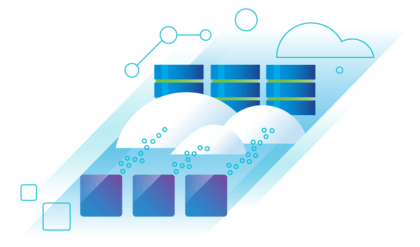TMY (Typical Meteorological Year) datasets have been instrumental in various industries for analysing weather patterns and optimising systems. As technology and climate change continue to evolve, it is crucial to explore how TMY will evolve in the future. In this article, we delve into potential developments and advancements that may shape the future of TMY.
- Climate Change Integration: With climate change becoming increasingly significant, future TMY datasets are likely to incorporate climate change projections. TMY datasets may include data derived from climate models, allowing for a comprehensive understanding of how weather patterns may shift in response to global warming. By incorporating climate change scenarios, TMY datasets can better inform decision-making and adaptation strategies.
- Enhanced Temporal and Spatial Resolution: Advancements in data collection and modelling techniques will likely lead to TMY datasets with higher temporal and spatial resolution. Hourly or sub-hourly data can provide more accurate representations of diurnal cycles and rapid weather changes. Additionally, finer spatial resolution will enable localised analysis, considering microclimates and urban effects, enhancing the precision of TMY datasets for site-specific applications.
- Integration of Big Data and Artificial Intelligence: The increasing availability of big data and advancements in artificial intelligence (AI) will likely impact the future of TMY datasets. AI algorithms can analyse vast amounts of weather data, identifying patterns, trends, and correlations that human analysis might overlook. Integrating AI capabilities into TMY datasets can enhance accuracy, predictive capabilities, and the ability to identify complex relationships within weather data.
- Customization for Specific Applications: Future TMY datasets may offer customization options for specific applications. Industries such as renewable energy, urban planning, and agriculture often require tailored meteorological data. TMY datasets could evolve to provide customizable parameters and subsets of data that align with the specific needs of different sectors, enabling more precise analysis and optimization for various applications.
- Real-time and Dynamic Updates: Real-time data integration may become a prominent feature of future TMY datasets. By incorporating real-time weather observations and satellite data, TMY datasets can offer more up-to-date information, allowing for dynamic modelling and simulation. This real-time aspect will enable businesses and decision-makers to respond rapidly to weather variations, enhancing operational efficiency and resilience.
- Cloud-based Accessibility and Collaboration: Future TMY datasets may be stored and accessed through cloud-based platforms, promoting easier collaboration and seamless integration with various software applications. Cloud-based accessibility will allow professionals from different disciplines and locations to access and contribute to MY datasets, fostering collaboration, data sharing, and the development of innovative solutions.






